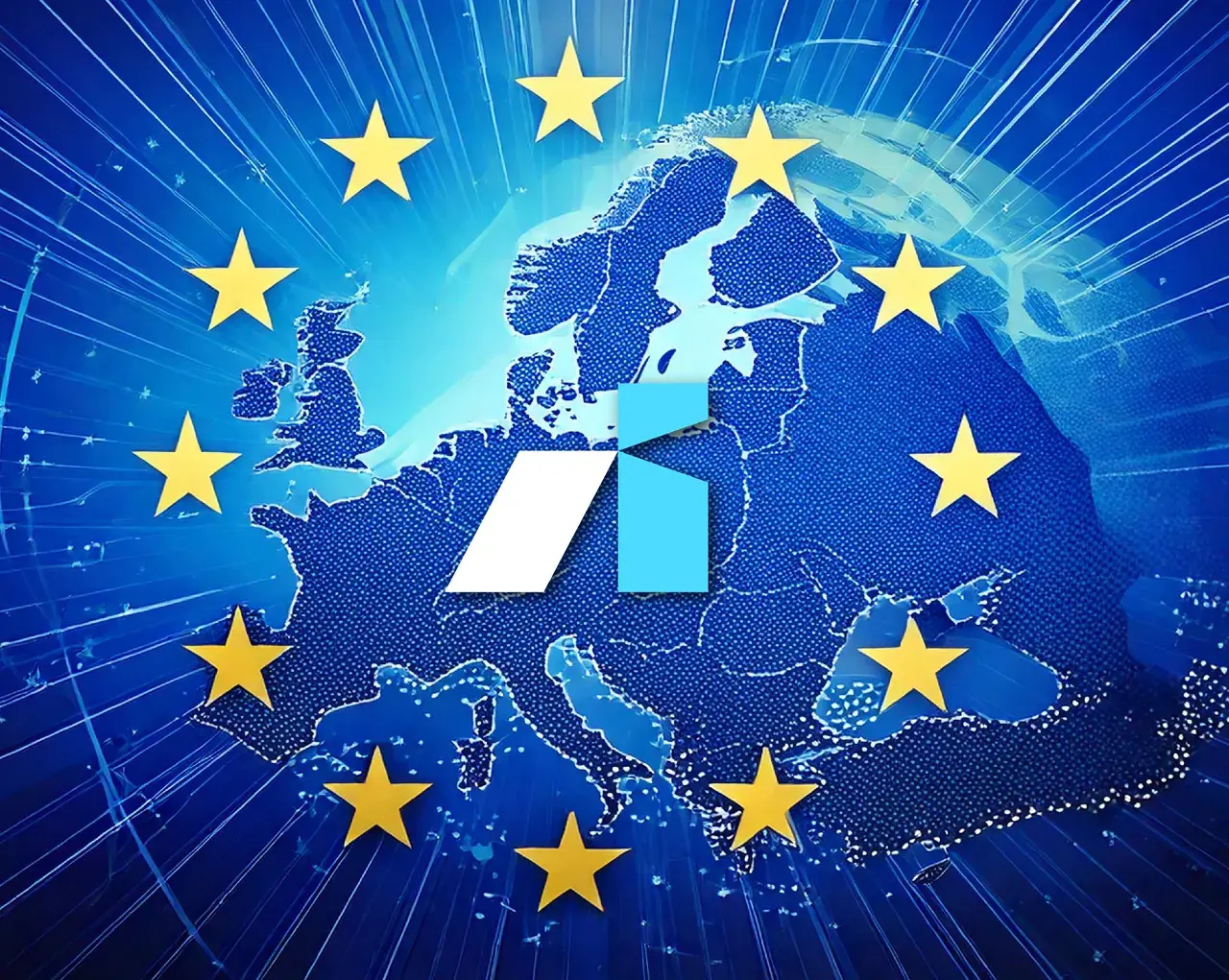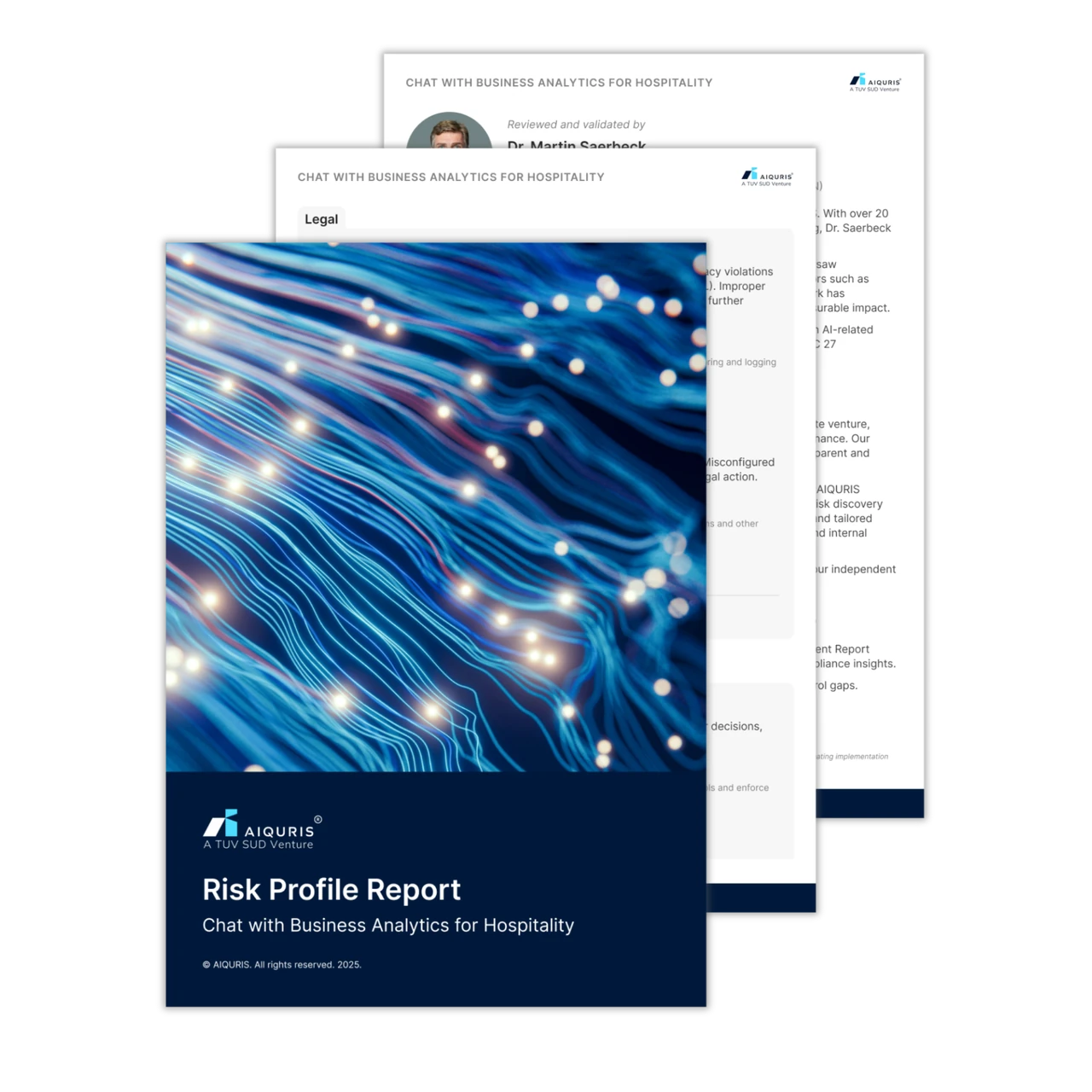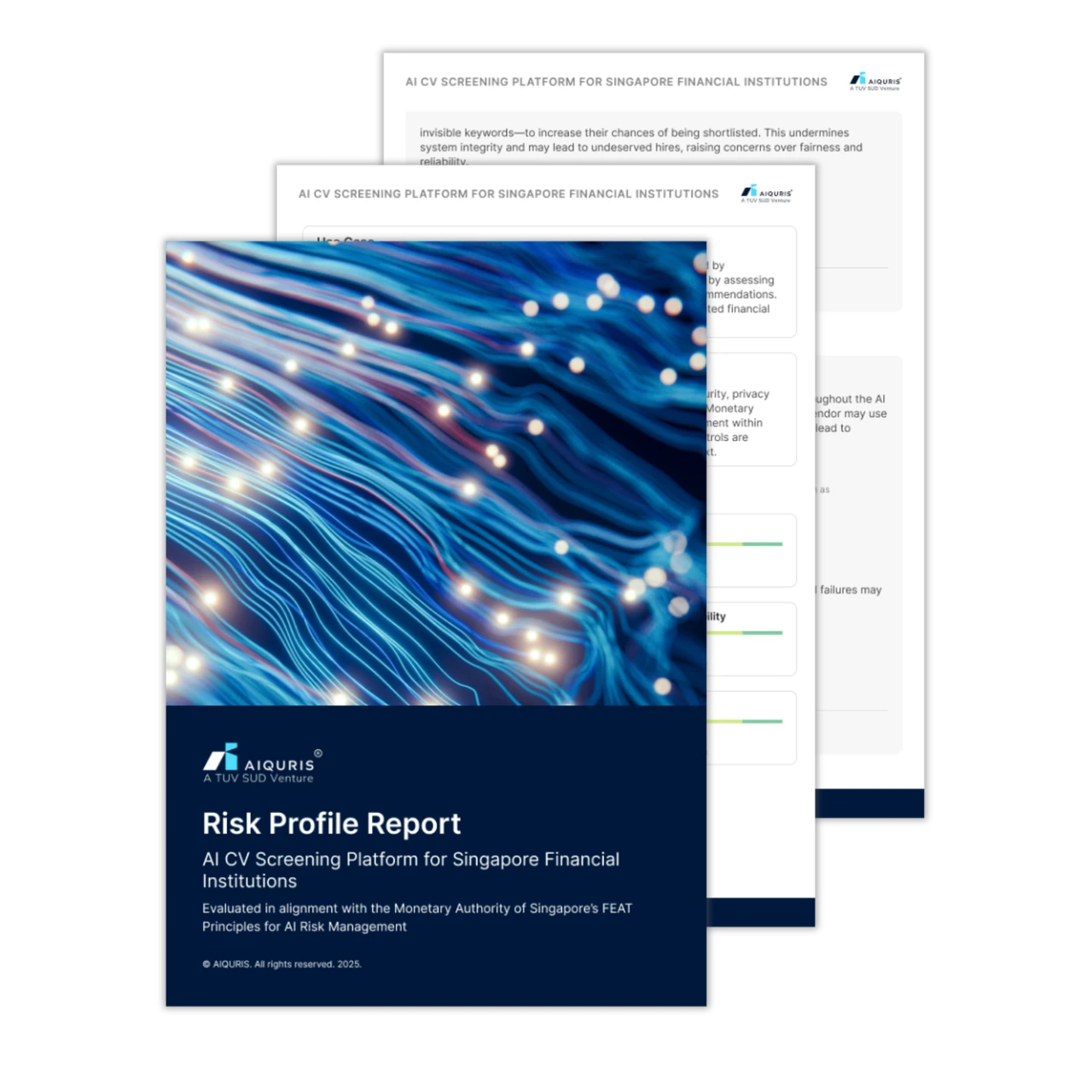As artificial intelligence (AI) becomes increasingly pivotal across various sectors, with adoption expected to grow by 42% annually, understanding AI compliance is essential1. The introduction of the European Union AI Act signifies a major advancement in regulating AI technologies, aiming to balance innovation with ethical considerations. This article explores the implications of this legislation, outlines key compliance mechanisms, and illustrates how solutions like AIQURIS ® can facilitate adherence to these complex regulations.
Overview of the European Union AI Act
The EU AI Act is groundbreaking legislation designed to regulate AI systems comprehensively, ensuring they align with fundamental rights and safety standards. Initially proposed by the European Commission in April 2021, it aims to foster responsible AI use while promoting technological advancements2. Slated for implementation between May and July 2024, the Act categorises AI applications based on risk levels ranging from minimal to unacceptable risks.
Risk Classification Framework
Understanding the categorisation of AI systems under the AI Act is crucial:
-
Unacceptable Risk: Systems that pose significant threats, such as social scoring or manipulative AI techniques, are prohibited outright.
-
High Risk: These systems are subject to stringent regulations, including pre-market evaluations and ongoing monitoring throughout their lifecycle. Non-compliance can lead to substantial penalties, up to €20 million or 4% of global revenue3
-
Limited Risk: While these systems have fewer obligations, they must meet transparency requirements, ensuring users are aware they are interacting with AI (e.g., chatbots and deepfakes).
-
Minimal Risk: This category encompasses most AI applications currently available on the EU market and is largely unregulated (e.g., AI-enabled video games and spam filters).4
Key Compliance Mechanisms
To ensure adherence to the EU AI Act, organisations must adopt the following key compliance mechanisms:
-
Registration Requirements: High-risk AI systems must be registered in a central EU database, detailing system specifications and intended uses.5
-
Quality Management Systems: Organisations need robust quality assurance protocols to demonstrate compliance with safety standards for AI systems.6
-
Transparency Obligations: Firms must inform users when they are interacting with AI systems, reinforcing accountability and trust.7
-
Technical Compliance Requirements: Specific protocols for data governance, accuracy assessments, and maintenance of documentation regarding AI usage must be developed.8
-
Human Oversight: Providers are required to implement interface tools for human operators to monitor AI decisions, intervene AI outputs, and mitigate risks of automation bias
-
Risk Assessments: Users of high-risk AI systems should conduct Data Protection Impact Assessments (DPIAs) using information provided by system providers.
-
Post-Market Monitoring: Continuous monitoring of AI systems post-deployment is necessary to ensure ongoing compliance and address any emerging risks.
-
Fundamental Rights Impact Assessments (FRIAs): For certain high-risk AI systems, organisations must conduct FRIAs to identify and mitigate risks to fundamental rights.
-
Documentation Maintenance: Comprehensive technical documentation must be maintained for all AI models, ensuring transparency and compliance with regulatory requirements.9
-
Compliance with GDPR: Since the EU AI Act complements the GDPR, organisations must also adhere to data protection principles outlined in the GDPR when processing personal data through AI systems.10
Utilising the AIQURIS ® platform allows businesses to fulfill these requirements while enhancing their capacity for proactive compliance through effective monitoring tailored to meet evolving regulatory landscapes.
Proactive Strategies for Compliance
Adopting a forward-thinking approach towards compliance includes actionable strategies such as conducting regular training sessions for staff on compliance best practices, implementing integrated risk assessment frameworks, and leveraging advanced analytics for real-time monitoring. As demonstrated by multiple recent Presidential Executive Orders, staying informed about changes ensures organisational resilience.
By integrating capabilities offered by AIQURIS ®, organisations can enhance monitoring, ensure transparency, and simplify risk management effectively.11
Conclusion
The upcoming enforcement of the EU AI Act heralds a new era in AI governance. By understanding AI compliance and AI laws and implementing strategic approaches, organisations can leverage innovative technologies responsibly. Failure to comply could result in severe penalties, jeopardising both financial stability and reputation.
Utilising platforms like AIQURIS ® empowers businesses to navigate the intricacies of compliance effectively, ensuring sustainable growth while minimising associated risks. For more insights into optimising your organisation’s compliance strategy amidst evolving regulations, contact us for a demo or consultation at AIQURIS ®.12 Discover how our solution enhances monitoring, ensures transparency, and simplifies risk management.






